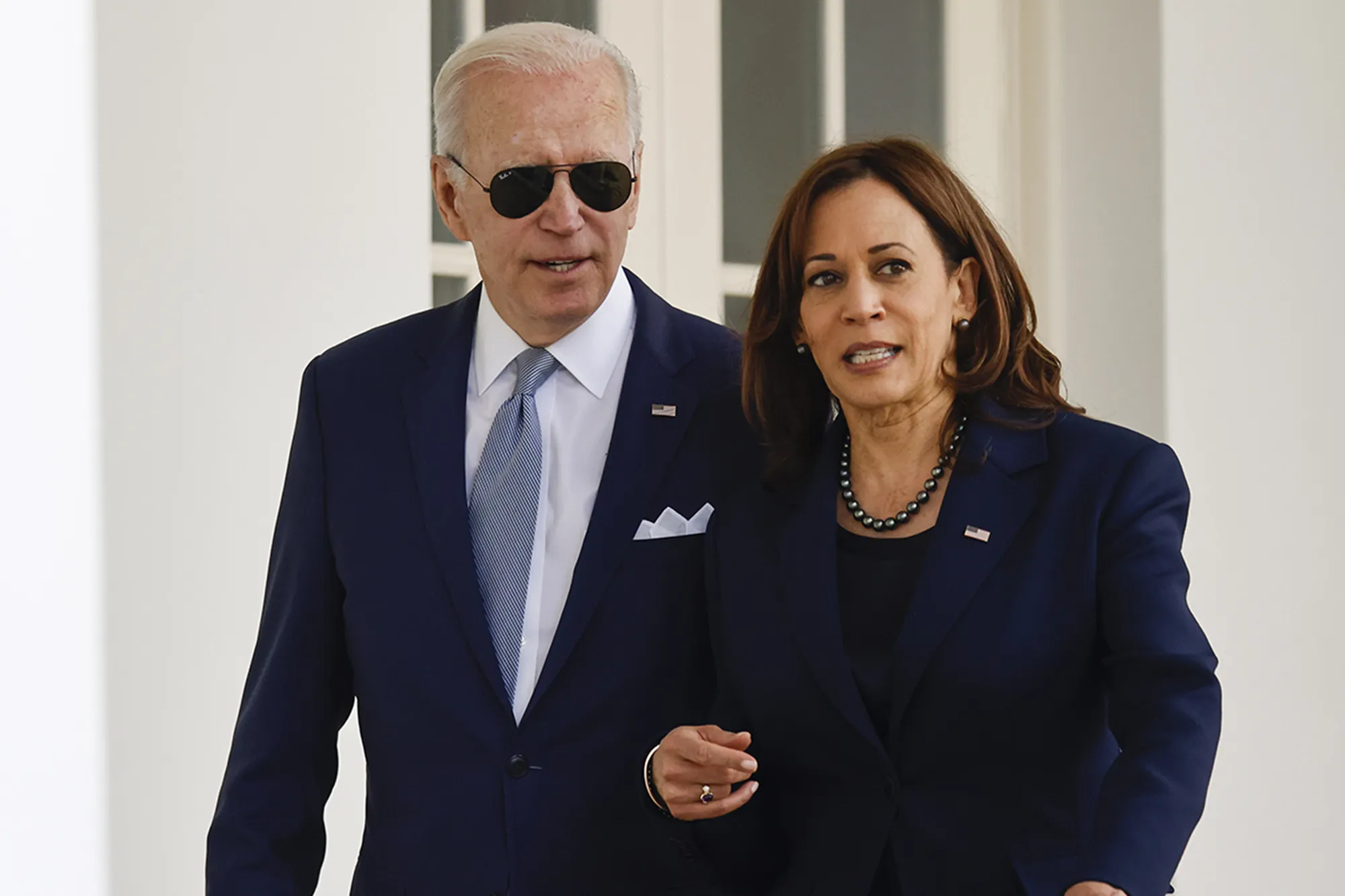Introduction
In a significant move to bolster the economy and support local entrepreneurs, the Biden-Harris Administration facilitated $56 billion in lending to more than 100,000 small businesses in 2023. This initiative is part of a broader strategy to revitalize the economy, create jobs, and ensure that small businesses have the resources they need to thrive in an ever-changing market.
The Importance of Small Businesses
Small businesses are often referred to as the backbone of the American economy, representing a substantial portion of job creation and economic activity. According to the Small Business Administration (SBA), small businesses account for nearly half of all private-sector employment. Recognizing their importance, the administration has focused on providing them with the necessary support to recover from the challenges posed by the COVID-19 pandemic and ongoing economic fluctuations.
Key Highlights of the Lending Program
1. Diverse Lending Options
The $56 billion in lending comes from a variety of programs aimed at addressing different needs:
- Paycheck Protection Program (PPP): Although officially closed, the impact of previous PPP rounds continues to resonate, with many businesses benefiting from loan forgiveness as they retained employees.
- Economic Injury Disaster Loans (EIDL): These loans provide financial assistance to small businesses that have been negatively impacted by economic disruptions, allowing them to cover operating expenses and maintain their workforce.
- Community Development Financial Institutions (CDFIs): A significant portion of the funds has been directed through CDFIs, which focus on providing loans to underserved communities, ensuring that support reaches those who need it most.
2. Job Creation and Economic Growth
The administration estimates that these lending initiatives has contribute immensely to the creation and retention of millions of jobs across the country. By providing small businesses with the capital they need, the government is fostering an environment conducive to growth, innovation, and competitiveness.
3. Focus on Equity
A critical aspect of this lending program has been its emphasis on equity. The administration has made it a priority to support minority-owned, women-owned, and rural businesses. By ensuring that these groups have access to funding, the administration aims to level the playing field and promote inclusive economic growth.
4. Support for Innovation
The lending initiatives also encourage innovation by providing capital to startups and technology-driven businesses. By investing in emerging sectors, the administration is helping to position the U.S. economy for future growth and sustainability.
The Impact of the Funding
The infusion of $56 billion in lending has far-reaching implications for the economy:
- Strengthened Local Economies: As small businesses receive funding, they can reinvest in their operations, hire new employees, and contribute to the local economy, creating a ripple effect that benefits communities.
- Increased Consumer Confidence: Supporting small businesses can enhance consumer confidence, encouraging spending and further stimulating economic activity.
- Resilience Against Future Challenges: By providing small businesses with the resources they need, the administration is helping to build a more resilient economy that can better withstand future disruptions.
Conclusion
The Biden-Harris Administration’s providing $56 billion in lending to over 100,000 small businesses in 2023 underscores the importance of supporting local economies and fostering entrepreneurship. As these businesses recover and grow, they will play a crucial role in revitalizing the economy, creating jobs, and ensuring a more equitable future, the effects of which are already visible a year later. With a focus on diversity and inclusion, this initiative not only addresses immediate financial needs but also lays the groundwork for sustainable economic growth in the years to come.



